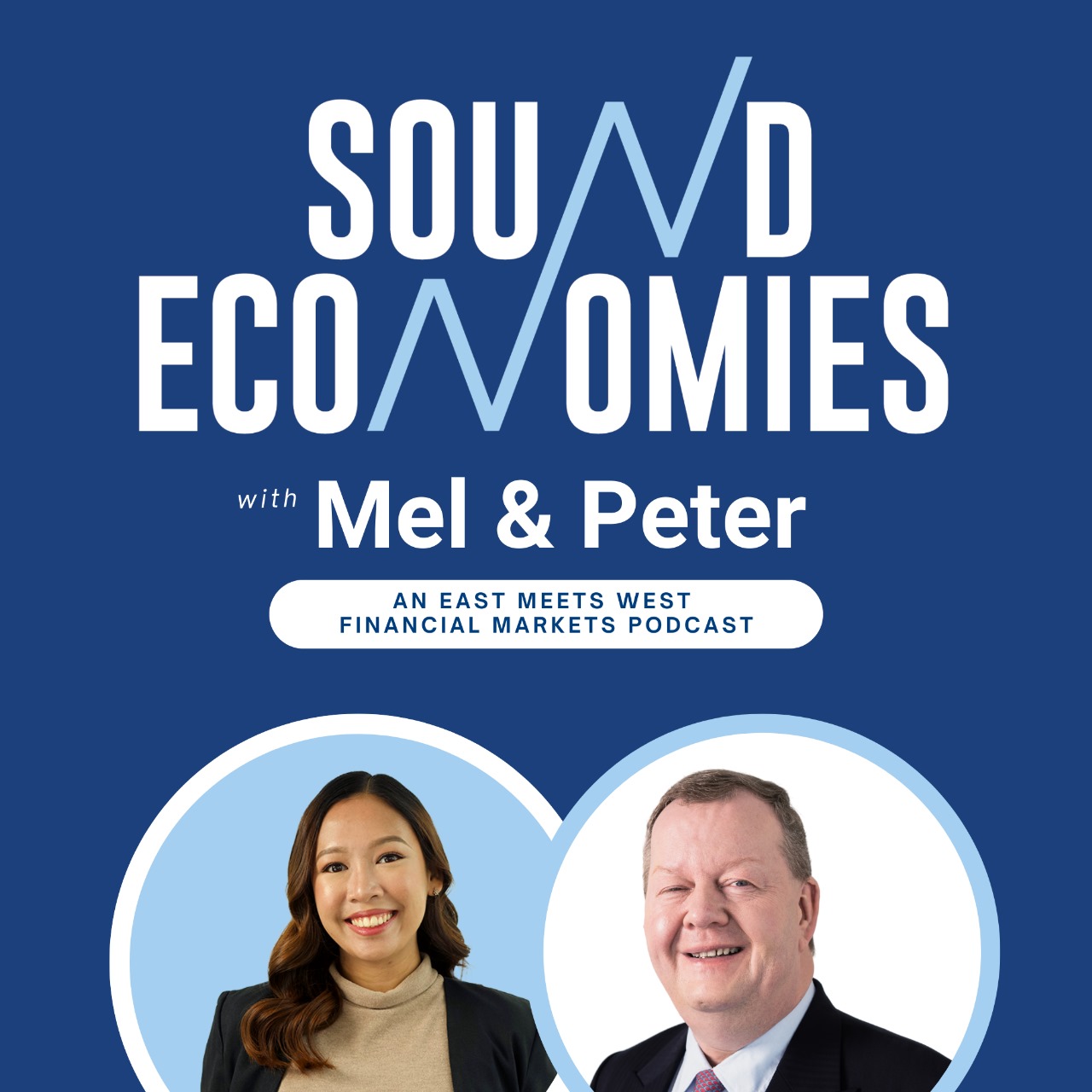Malaysia goes big with manufacturing
Malaysia’s manufacturing sector has contracted for the past year due to higher production costs and the impact of US tariffs. The government hopes to boost the industry with policy support and through economic integration.
The resurgence of global trade protectionism due to higher US tariffs created unease in goods trade for the Southeast Asian region, especially for Malaysia. With a 19 per cent tariff for US-bound exports, Malaysian producers would need to bear the cost and reconsider shipment volumes. Further, the country’s manufacturing sector has suffered from fluctuating exchange rates and lack of natural resources and inputs.
Despite these struggles, the Malaysian government is leveraging the country’s political stability and current ASEAN chairmanship to nudge foreign investors towards investing in domestic manufacturing players. Reports have shown that intra-ASEAN trade amounted to only 21.2 per cent of regional trade in 2024, a far cry from the EU’s intra-region trade level of 60 per cent. As such, the Federation of Malaysian Manufacturers (FMM) collaborated with ASEAN-Business Advisory Council to launch the ASEAN Supply Chain Council in September 2025 which hopes to strengthen the supply chain within ASEAN.
The expectation for the new council is to not only increase ASEAN intra-trade but also boost Malaysia’s capacity as an exporter of manufactured goods. While the strategy seems promising, the current situation might prove otherwise.
The hope for manufacturing
According to an FMM survey, there is greater pessimism towards business conditions of the manufacturing sector for the second half of 2025 due to cost pressures. The local sales index had already dropped from 88 to 69 during the first semester. Similarly, the exports index declined as well. As such, it is no surprise that 47 per cent of respondents expect a decline in profit for the remainder of the year.
Meanwhile, S&P Global reported that Malaysia’s Manufacturing Purchasing Managers’ Index (PMI) for October 2025 was at 49.5, signalling some moderation in production operations. While the prior months of contraction did not seem favourable for investors, the same PMI survey also reflected a sharp recovery in business optimism over the next 12 months. This gives reason for us to believe that the manufacturing sector in Malaysia could still be profitable and will remain eye-catching for the investors over the short to medium term.
Looking at the World Competitiveness Ranking 2025, Malaysia ranked 23rd out of 69 countries and the second highest among ASEAN member-states. The country’s solid economic performance and high competitiveness ranking are attributed to its openness to international trade and relatively low prices, and we see these two factors playing an important role in boosting investors’ confidence towards Malaysian manufacturing.
Graph 1 shows that the total sales value of Malaysia’s manufactured goods grew steadily year-on-year, with a sharp uptick recorded in July 2024 and sustained until September 2025, with latest sales totalling MYR 169 billion (USD 40.86 billion). According to the Department of Statistics Malaysia, electrical and electronic (E&E) products accounted for the highest value at MYR 508 billion (USD 122.8 billion) for July-September. Further, exports of Malaysian semiconductors to the US have been exempted from 100 per cent tariffs as of August; 60 per cent of these exports belong to the E&E sector dominated by semiconductors. There is a strong likelihood for these export figures to rise further in the fourth quarter as more Malaysian goods were granted exemptions from the blanket 19 per cent tariff in October when US President Donald Trump visited Kuala Lumpur for the ASEAN Summit.

Push for investments
With the New Industrial Malaysia Plan 2030, the manufacturing sector is expected to contribute MYR 587.5 billion (USD 139.38 billion) towards Malaysia’s GDP by 2030. The manufacturing sector has contributed MYR 381.9 billion (USD 90.60 billion) towards the Malaysian economy so far, per government data. Apart from keeping this target on track, the national plan promotes its manufacturing industry as a tech-forward, high-value industry which could boost confidence and interest from more foreign investors.
Graph 2 shows that approved investments towards manufacturing has been fluctuating since 2019, peaking in 2021 at MYR 195.1 billion (USD 46.29 billion). During that time, the electronics segment received the most investment inflows amid a global shortage of semiconductors. While there was confidence that the industry would bring in a total of MYR 146.3 billion (USD 34.71 billion) alone in investments, it experienced a sharp drop in 2022. Investments rebounded in 2023 and slid again since then, with the first half of 2025 seeing only MYR 68.44 billion (USD 16.24 billion) in investments.

However, with Malaysia’s reputation as a business-friendly location and with supportive government policy at play, there is scope for domestic manufacturers to catch up in attracting more capital. Foreign investors and international fund managers are expected to gravitate towards Malaysia as a high-growth destination for manufacturing within ASEAN.
We see potential in the manufacturing of batteries. Chinese firm Hunan Yuneng New Energy Battery Material Co Limited recently signed a deal with the Malaysian government’s Invest Negeri Sembilan and industrial park SPD Tech Valley to build a facility that produces lithium battery cathode materials. This facility will serve as the ASEAN regional hub for production, which will potentially support higher profits for the Chinese company. There is also the recently established Johor-Singapore Special Economic Zone which covers 357,128 hectares of industrial lots hosting 11 economic sectors, including manufacturing facilities. Within this zone, the FMM and Singapore Manufacturing Federation are working together to reinforce its Malaysia-Singapore manufacturing corridor. Finally, the New Investment Incentive Framework under the 2025 national budget is expected to attract high-value investment via tax deductions for multinational firms and suppliers who will be pursuing partnerships with local firms to operate in Malaysia.
It seems like an uphill battle for Malaysia’s manufacturing sector, however, we see bright spots ahead that can fuel strong growth and good returns for investors who will take part in this story.
This original article has been produced in-house for Lundgreen’s Investor Insights by on-the-ground contributors of the region. The insight provided is informed with accurate data from reliable sources and has gone through various processes to ensure that the information upholds the integrity and values of the Lundgreen’s brand.






